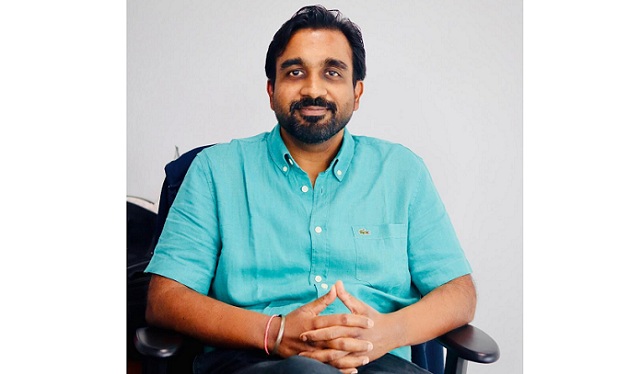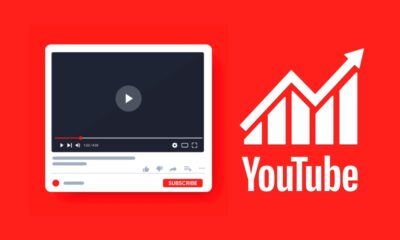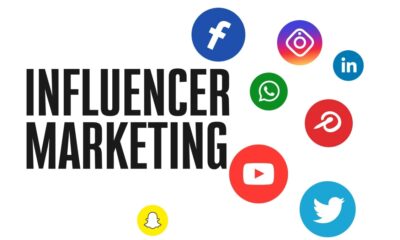Business
The Future of Influencer Marketing – Vikas Goel (esportsXO)

The scarcest resource on the planet is attention. To get a piece of it, brands have built marketing departments. The basic function of these marketing departments is to bring people’s attention to their brands.
With the advancement of technology, several marketing tactics have evolved. Traditionally brands try hard to gain the attention on their own, which later turned into buying this attention.
Irrespective of the place, platforms, space, person, channel, etc, marketers compete to buy this attention. It is how the concept of hoarding and TV advertisements evolved.
Today, people are present on social media. The people who have a lot of following are the ones, having a lot of attention. Eventually, they have become influencers.
As a result, marketers reach to these influencers and ask them to promote their brand or products. That’s how “Influencer marketing” has emerged.
Influencer marketing today
The internet revolution has given a fair chance to everyone to showcase their talent and became an influencer today. As a result, there are a lot of new influencers emerging every other day.
Brands are leveraging influencer marketing to promote their products and campaigns to gain maximum attention. A report by Digital Marketing Institute, says that 49% of consumers depend on influencer recommendations, 40% had purchased something after seeing it on Twitter, YouTube, or Instagram.
The Problem with Influencer Marketing in 2020
The rise in the number of Influencers has resulted in a lack of engagement.
Today, the biggest challenge in front of brands is the engagements. Even the celebrity influencers don’t have enough engagement on their profiles.
A study by Stackla, says that the average engagement on Instagram and Twitter for influencers having 1,00,000+ followers is 1.1% and 0.3% respectively, while for people having <1,000 followers is 7.2% and 1.4% respectively.
Therefore it has become really difficult for brands to find the perfect influencer for their brands.
Many incidents where influencers have posted the original script on their social handles, with instructions mistakenly, have brought the user’s confidence down. The news of fake followers every other day is making people very conscious about these influencers.
CNBC has reported that fake followers had made brands lose $1.3 billion in influencer campaigns in 2020 only.
So how brands are overcoming this problem? Nano and Micro-Influencers.
The Future of Influencer Marketing
Instead of celebrity influencers, brands are moving towards micro and nano influencers. The rise of micro-influencers has been observed in the last two years, but now they are even moving towards nano influencers.
By definition, Micro-influencers are individuals having a following between 1,000 to 1,000,000, while nano influencers have a following between 1,000 and 10,000.
The reason behind this shift is engagement and conversion. These nano influencers are mostly the actual customers of the brands, having much more engagement compared to any celebrity.
According to a study by Stackla, it was found that people were nearly 10x more likely to purchase after seeing a peer’s social post than that of a traditional social media influencer.
In 2020, more than 46% of brand mentions featuring the hashtag #ads were published by Instagram accounts with 1k-20k followers. This shows the growing trend of nano influencers in influencer marketing.
The Future of Influencer Marketing lies in Micro, and nano influencers.
-

 Sports4 weeks ago
Sports4 weeks agoAl Ahly vs Inter Miami, 2025 FIFA Club World Cup – Preview, Prediction, Predicted Lineups and How to Watch
-
Health3 weeks ago
Back to Roots: Ayurveda Offers Natural Cure for Common Hair Woes
-

 Tech3 weeks ago
Tech3 weeks agoFrom Soil to Silicon: The Rise of Agriculture AI and Drone Innovations in 2025
-

 Startup4 weeks ago
Startup4 weeks agoHow Instagram Is Driving Global Social Media Marketing Trends
-

 Sports3 weeks ago
Sports3 weeks agoFIBA 3×3 World Cup 2025: Full Schedule, Preview, and How to Watch
-

 Science4 days ago
Science4 days agoJuly Full Moon 2025: Everything You Should Need to Know, When and Where to See Buck Moon
-

 Gadget3 weeks ago
Gadget3 weeks agoThings to Know about Samsung Galaxy S26: What’s New and What’s Next
-

 Sports4 weeks ago
Sports4 weeks agoWorld Judo Championships 2025: Full Schedule, Date, Time, Key Athletes and How to Watch























